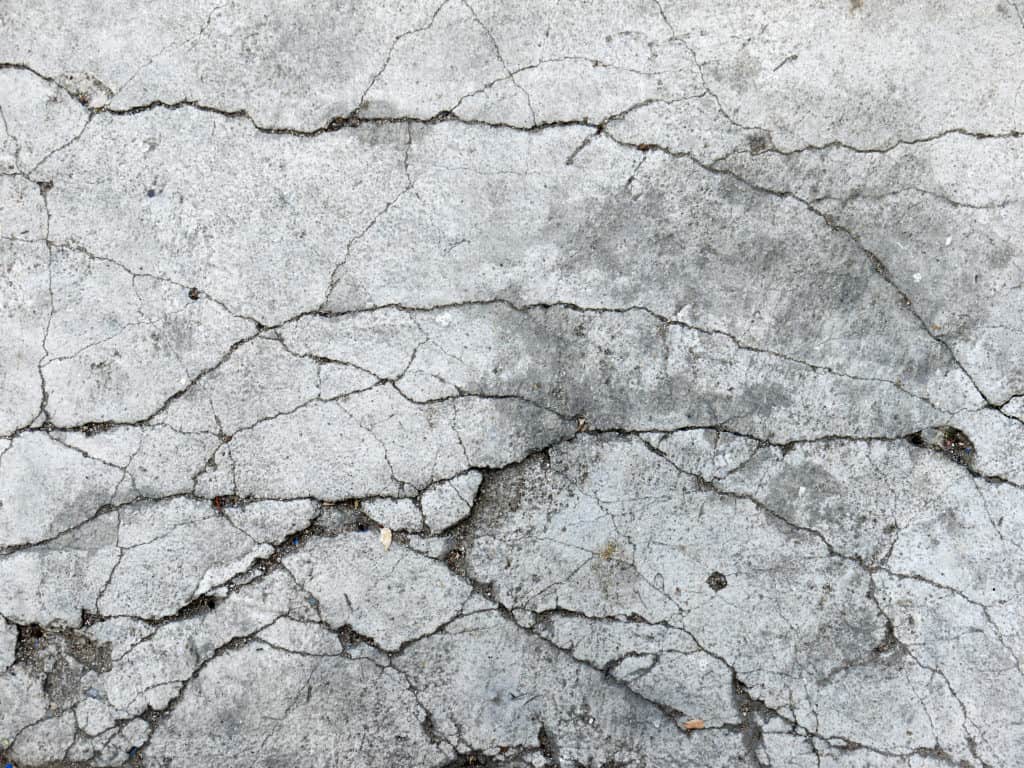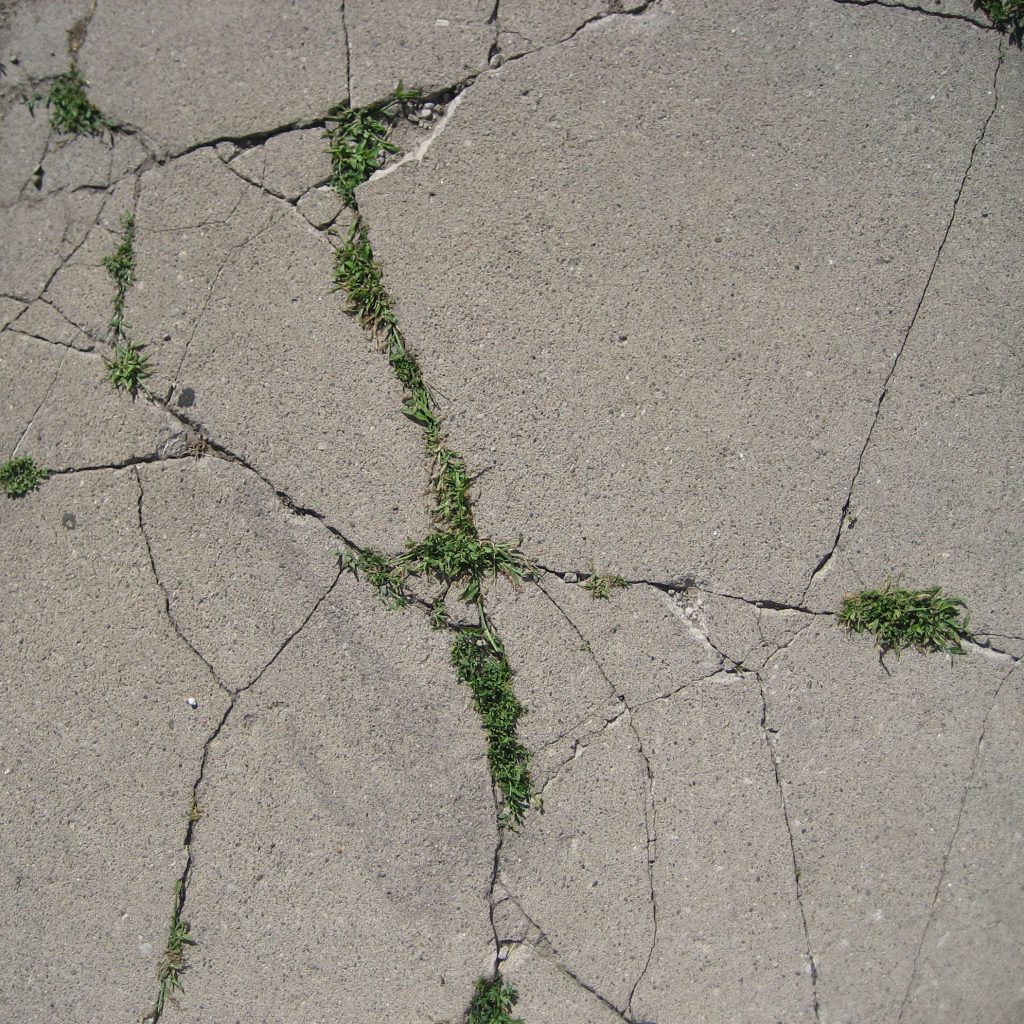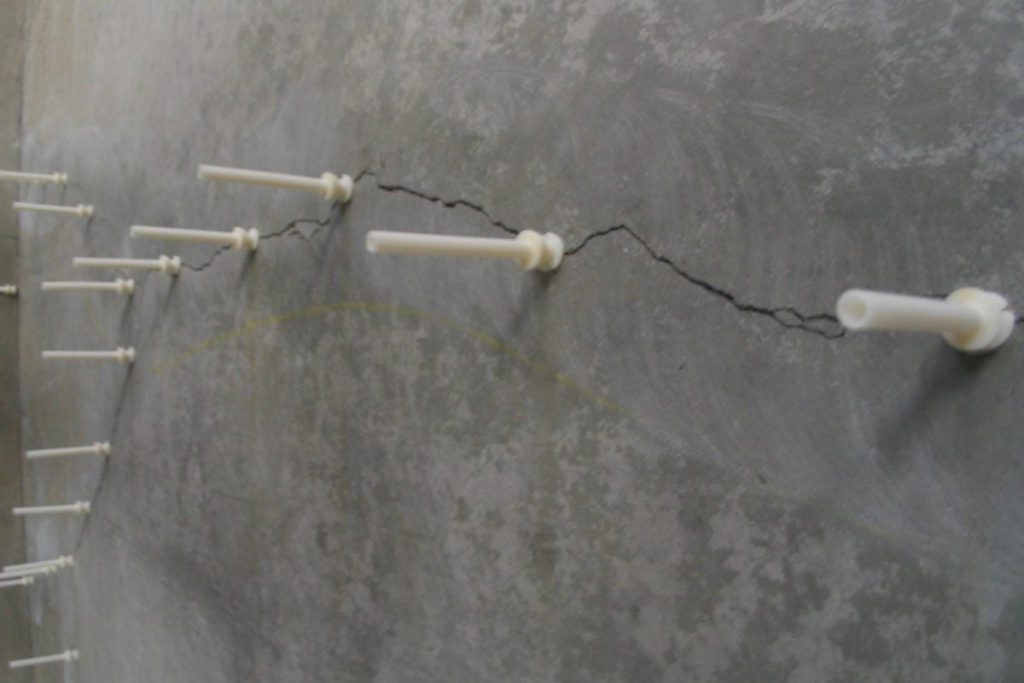Deterioration Of A Reinforced Concrete Structure Is Frequently Caused By A Combination Of Various Factors. It Can Result From Physical Damage, Chemical Attack, And Structural Movement And From Material Degradation On Exposure To Severe Environment.
Since Time And Money Get Wasted In The Process Of Replacing New Structure its Better We Repair Them For Extending The Life Of The Structure And Help It To Function It As It Was Before. The Project Deals With The Case Study On The Deterioration And Damages in Concrete Structure With Suitable measures For Rehabilitation.
Table of Contents
Introduction
- Every structure is vulnerable to Deterioration and Damage. The structure is designed to meet the structural demands and design loads, coming up on the building.
- Destroying a previling structures and constructing a new one is not economical and needs lots of fund and loss of energy.
- Hence there is an urgent need for rehabilitation of concrete structures.
- Rehabilitation is the process of renewing the old structure by using special material and suitable methods so that the structure will serve the purpose to our needs
Deterioration Of Structure And Their Causes
- Distress in building are common. A building component develops cracks whenever stress in the component exceed its limit stress in a structural member of a building can be caused by external forces.
- Distress can be broadly classified as:
- Structural
- Non structural
- Active or Dormant
Types Of Cracks
- Intrinsic cracks
- Flexural and shear cracks
- Temperature cracks
- Manufacturing and shipment cracks
- Structural and Non-Structural cracks
- Torsion cracks
- Tensile cracks
- Compression cracks
- Diagonal cracks
Classification Of Cracks
Classification of cracks based on their width.
- Fine : Width less then 0.1mm
- Thin : Width 0.1mm to 0.3mm
- Medium : Width 0.3mm to 0.7mm
- Wide : Width 0.7mm to 2.0mm
- Very wide : Width greater than 2mm
Cracks may be only at the surface or may extend to more than one layer of materials. Occurrence of closely spaced fine cracks at surface of a material is called
“Crazing”
Causes of Cracks
- Structural cracks
- Cracks due to Shrinkage
- Cracks due to Foundation settlement
- Construction Cracks
- Cracks due to Quality of materials
- Cracks due to construction error
- Natural Cracks
- Cracks due to Vegetation
- Cracks due to Earth Quake
- Cracks due to Dampers
1) Cracks Due To Shrinkage :-
Effects Of Shrinkage:-
-
- Vertical Cracks around balconies
- Diagonal Cracks over RCC lintel’s sparrey large openings. This is due to shrinkage of concrete
- Very fine Cracks of map pattern known as Crazing on concrete
Remedial Measures :-
- Shrinkage Cracks in masonry could be minimized by avoiding are of rich cement mortar in masonry.
- To reduce the Cracking tendency due to shrinkage, using adequate and properly positioned reinforcement, and using control joints.
2) Cracks Due To Foundation Settlement
Effects Due To Foundation Settlement :-
- Diagonal Cracks across the corners of the building affecting two adjacent walls there Cracks due to shrinkage of soil below foundation.
Remedial Measures :-
-
- To avoid the settlement of soil by taking the foundation 3.5m deep.
- By avoiding the planting of trees near the building.
3) Cracks Due To Poor Quality Materials :-
Effects :-
- When using poor quality cement the strength and durability of the plastering in affected.
- The cement used in mortar shrinking occur due to temperature which causes Cracks in walls
Remedial Measure :-
- During construction, the sand having no impellers live mud, clay, salt and shed chips reduce the Crack in building.
- Water due from salt and other chemical reducer the Crack.
4) Cracks Due To Vegetation :-
Effects :-
- Existence of vegetation, such as fast growing tress in the compound walls some time causes the cracks in the walls due to expansive action of roots growing under the foundation
Remedial Measures :-
- Fast growing frees should not be planted near the compound wall.
- If old trees exist done to an old building there threes should not be removed all at once operation. The removal of trees should be done in stages.
Materials For Repair And Rehabilitation
1) Water Proofers
- These chemicals are added to concrete or mortar at the time of preparation to make the structure waterproof .
- They react with the lime contained cement to form inorganic salts which block the pores and capillaries thereby reducing moisture penetration
- The water proofers may be obtained in powder or liquid form and consist of pore filling or water repellent materials.
- Materials in water repellant class are soda and potash soaps to which lime, alkaline and silicate are sometimes added.
- Chemically inactive materials in the water repellant class are calcium soaps, resins, vegetable oils, fats, waxes, bitumen and coal tar.
2) Corrosion Inhibiting Chemicals
- Corrosion inhibiting chemicals – They resist corrosion of reinforcement. Generally alkalinity of concrete in adequate protection for steel.
- However in adverse environment sodium benzoate, calcium lingo sulphonate and sodium nitrate have shown good results
3) Antifungus Admixtures
- Antifungus admixtures – These are added to control and inhibit growth of bacteria or fungus in surfaces expressed to moisture Polyhalogenated phenol, Dieldrin emulsion and copper compounds are some of the chemicals used for this.
4) Polymer Composites
These are produced using polymers with cement, sand and or aggregate. The addition of polymers to concrete have been shown to improve.
-
- Compressive strength
- Resistant to wear and tear
- Fatigue resistance
- Impact resistance
- Impermeability
- Durability
- Chemical resistance
5) Epoxy Resins For Structural Repairs And Rehabilitation
- Among the synthetic resins such as epoxy, polyester, acrylic, polyurethane etc. epoxy resins posses very high mechanical and adhesive strength properties most desirable for Civil Engineering applications. Epoxy resins when cured with different hardeners offer a wide range of properties:
- High adhesive strength to almost too all materials.
- Low shrinkage drying, curing.
- Exceptional dimensional stability.
- Natural gap filling properties
- Thermosetting (Does not melt)
- Resistance to most chemicals and environments.
6) Epoxies For Crack Repairs
- The most approximate method of crack repair depends on whether the crack is still actively moving or not.
- Active cracks may be de to inadequate provision of movement joints in the structure.
- The repair process involves converting the crack into a movement joint, by the se of a suitable sealant, the injection of a low – viscosity epoxy is a possible repair method for cracks between 0.02 mm to 6mm in width.
- For epoxy injection to be effective the cracks must be free of dirt, grease, etc. Before injection can being, the crack where it appears on the surface of the member must be sealed.
Assessment Of Damages And Testing Techniques
The 400 KVA Electrical substation at salem comprises various columns and column braced frames on which electrical equipments are mounted. Minor cracks where also noticed in some of the other columns and braces.
Observations
The following are the physical observations
- Wide cracks along the main reinforcing steel were observed in the cover concrete in majority of the RC columns .
- The cover concrete in most of the columns was found to have delaminated when examined with hammer test
Physical Observations And Inferences
- The present distress is essentially due to corrosion of reinforcing steel bars in the RC column
- The wide cracks of cover concrete in RC members is a direct results or corrosion
Recommendation
- The repairs scheme essentially comprises the following stages
- Identification of members to be repaired
- Surface preparation of both concrete substract and reinforcement steel for treatment
- Providing treatment for existing reinforcement steel with anti corrosive zinc rich primer to combat further corrosion.
- Reinstatement of spalled concrete using polymer modifier mortar for isolated patches and free flow micro concrete by encasement technique.
- Providing protective coatings to all exposed concrete surfaces to protect it from further attack
Measuring Instruments
Measuring Magnifier
CRACKSCOPE GERMANN INSTRUMENTS

DIGITAL CRACK GUAGE – ELE LOMARO MICROSCOPE- ELE
Repair Techniques Of Cracks
The Following Techniques are Available for Repairing Cracks.
-
- Routing and sealing
- Stitching
- Grouting
- Blanketing
- Overlays
- External stressing
- Autogenous healing
1) Routing and sealing
- This method involves enlarging the cracks along its exposed surface, filling and finally sealing it with a suitable material
- This is the simplest and most common technique for sealing cracks and is applicable for sealing both fine pattern cracks and larger isolated defects.
- The cracks should be dormant unless they are opened up enough to put in a substantial patch in which case the repair may be more property termed as “ Blanketing”.
2) Stitching
Precautions to be followed
- Stitching the crack will tend to cause its migration else where in the structure. For this reason strengthening the adjacent areas of cracks have to be made to take care of additional stresses. More over the stitching dogs should be of variable length, orientage and so located that the tension transmitted across the crack does not devolve on a single plane of the section but is spread over an area. Strengthening of the adjacent sections of concrete may consist of external reinforcement embedded in a suitable overlay material.
- Where there is a (leakage of ) water problem, the crack should be sealed as well as stitched so that stitches are not corroded
3) Grouting
- Grouting can be performed in a similar manner as the injection of an epoxy. However the use of an epoxy is the better solution except where considerations for fire resistance or cold weather prevent such use, in which case grouting is the comparable alternative.
- An alternative and better method is to drill down the length of the crack and grout it so as to form a key. This is applicable only when the crack runs approximately in a straight line and are accessible at one end.
Rehabilitation Techniques
- Present day technology has sophisticated testing equipment to determine the extent of damages and suggest repair techniques.
- The plan of action for repair is different in each case with respect to the selection of material however: the basic concepts of repair remain the same.
- To remove the week zones and replace them with stronger materials so that transfer of stresses is unaffected
- To prevent further action of deteriorating agent from the external environment.

Case Study
Treatment Methods For Case Study
- The cracks are chipped clearly and grouted with epoxy based compound, in high pressure technique.
- The rust on the corroded bars be removed out by sand blasting or by scrapping with wire brush.
- The reinforcement bars are coated with Anti-corrosive agent.
- Grouting of surface by cement based material.
- Guiniting using concrete mix of higher grade.
- Finally, Plastering might be done by mixing water proof admixture with mortar.
Treatment Methods For Case Study
- Identification of the members for repair
- Surface preparation
- Provision of additional reinforcement
- Provision of shear connectors
- Priming the reinforced steel
- Reinstatement of spalled cover concrete at isolated locations
- Curing
- Protective coating
Conclusion
- The cause of cracks and corrosion leading to the deterioration of the structure has been studied in detail. The remedial measures suggested in this context are highly effective and also economical. The materials recommended for the rehabilitation works of concrete structures are at a reasonable cost and are available in all places.
- Due to umpteen reasons mentioned earlier, reinforced concrete structures are prone to damaged before the expiry of their designed life which normally varies from 60 to 120 years.













